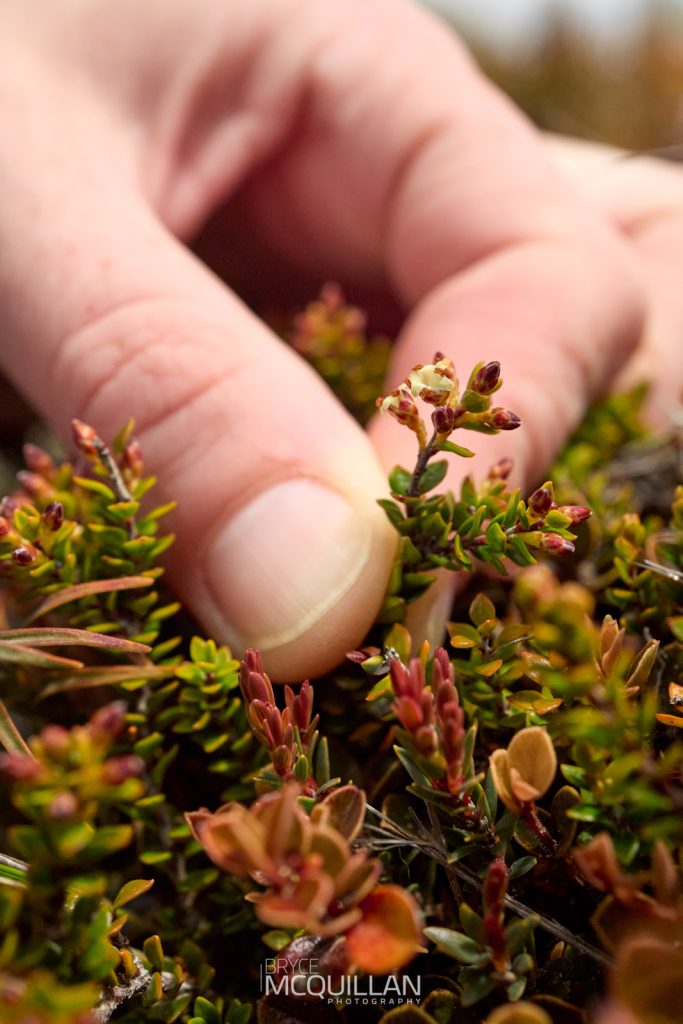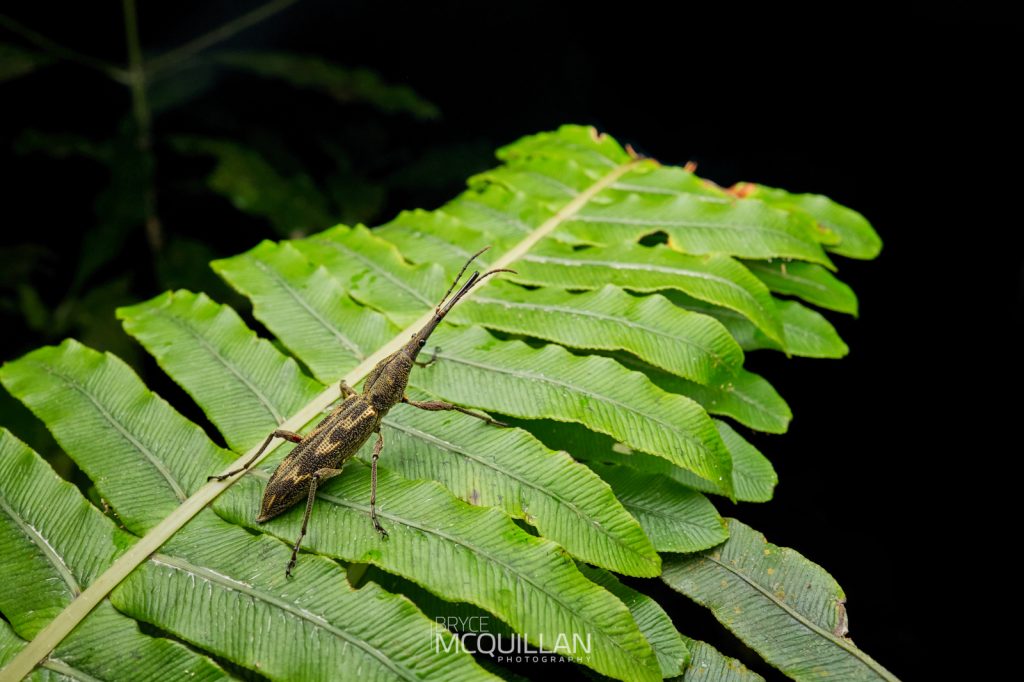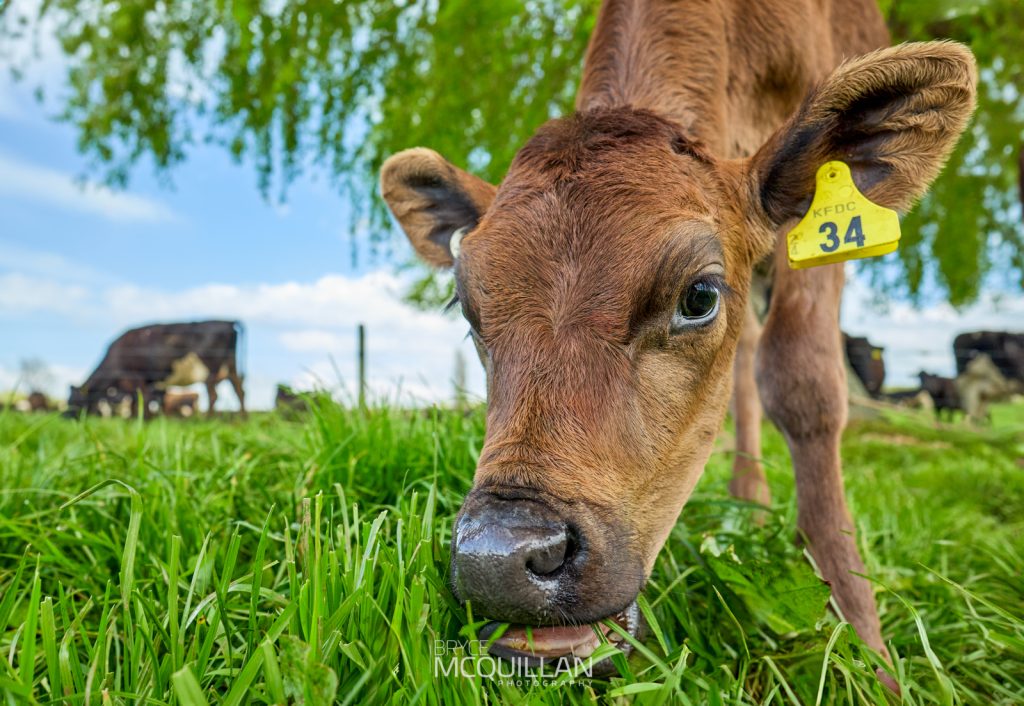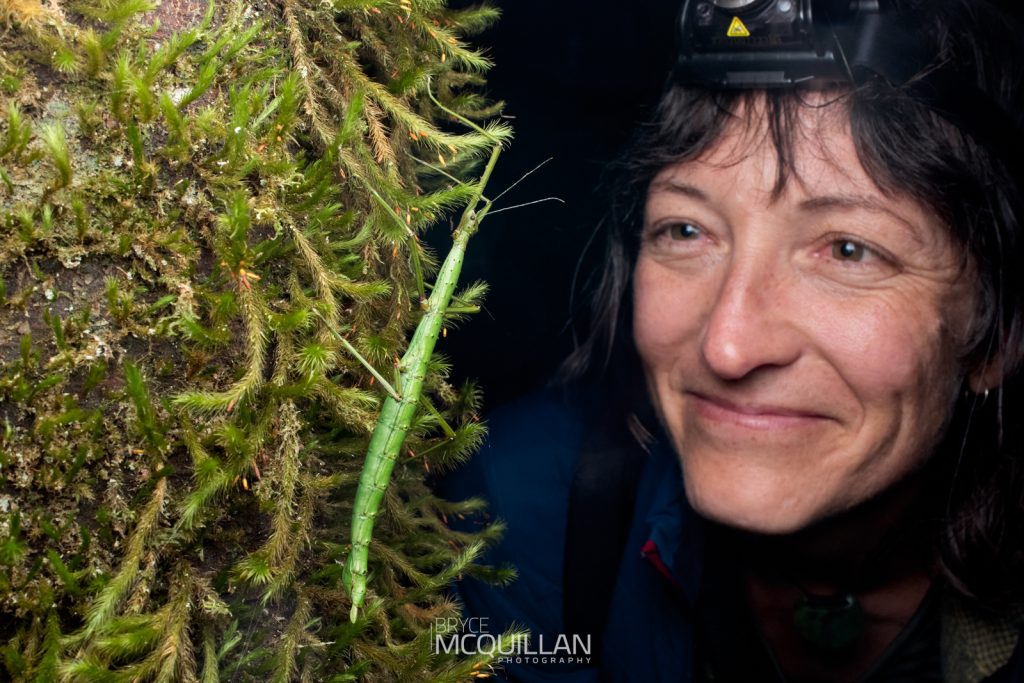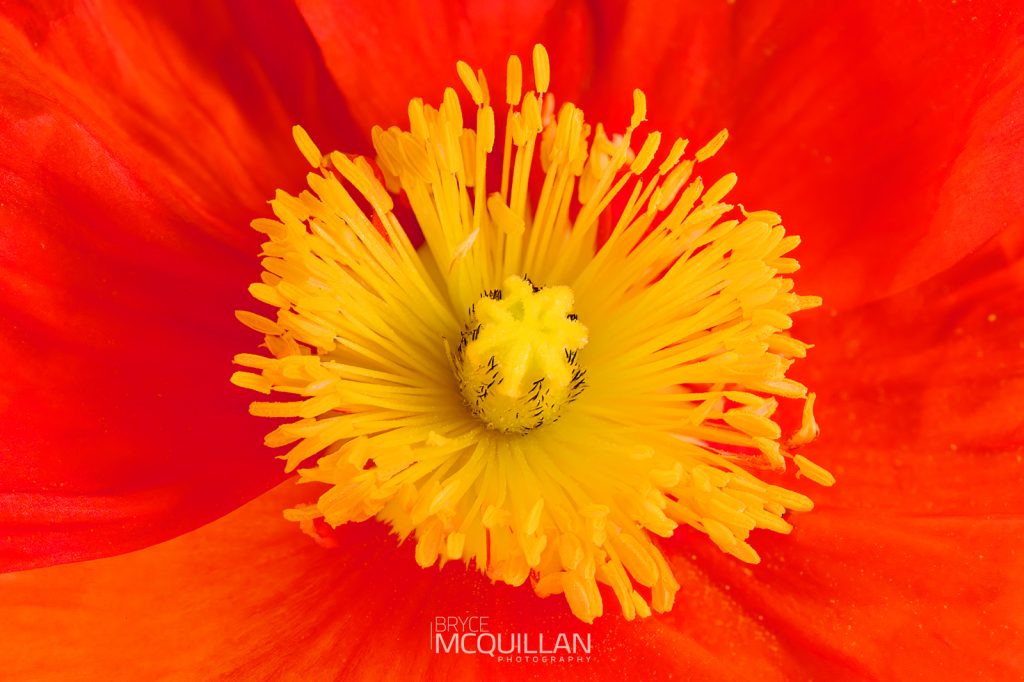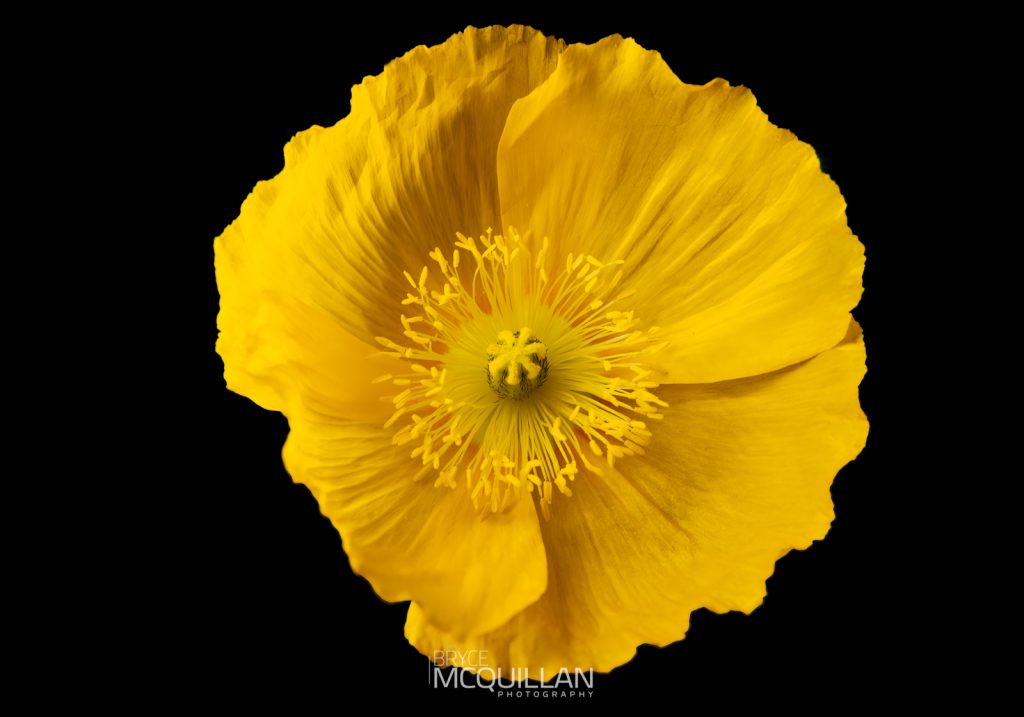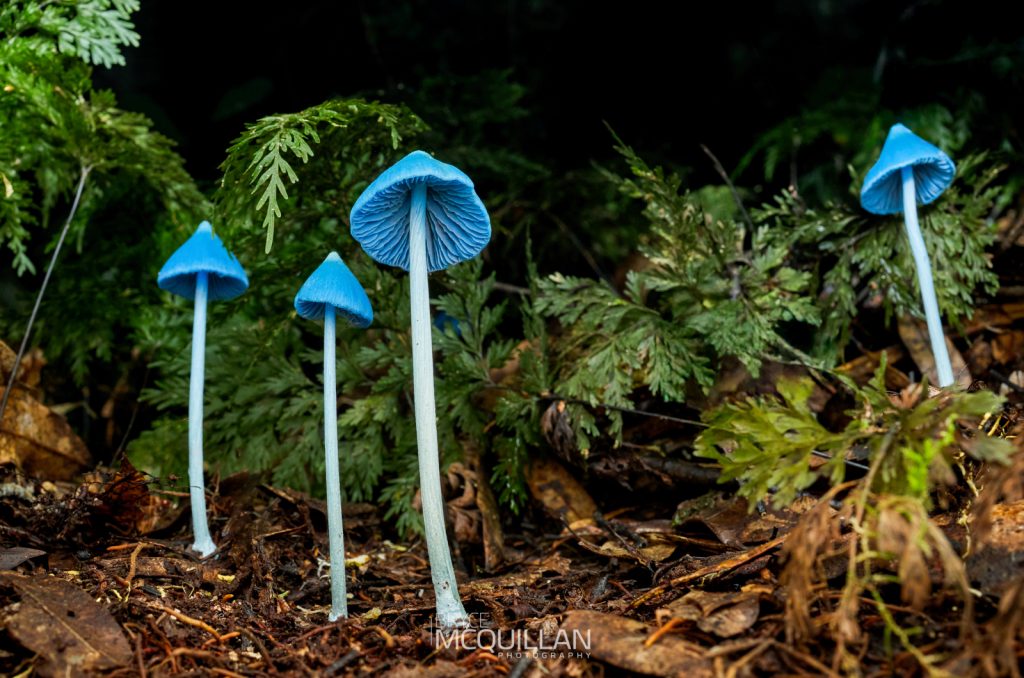
The Canon RF35mm f/1.8 Macro IS STM is, in my view, one of the true standout lenses in Canon’s RF lineup—arguably even across their entire range. It’s a rare blend of compact size, light weight, and fast performance, while still delivering excellent sharpness and overall image quality. With its bright f/1.8 maximum aperture and 0.5x macro capability, the RF35mm proves to be an exceptionally versatile prime lens. It offers both wide-angle coverage and close-focusing flexibility, making it well-suited for everything from environmental portraits and travel photography to intimate macro-style compositions.
While its sibling, the Canon RF24mm f/1.8 Macro IS STM, comes close in functionality and design, the RF35mm often provides slightly better subject separation due to its narrower field of view. Throughout this article, I’ll explore the key differences between the two lenses and share why the 35mm tends to be my preferred choice in everyday shooting scenarios.
Both the RF24mm and RF35mm feature compact form factors, STM stepping motors for smooth and quiet autofocus, and built-in image stabilisation offering up to 5 stops of correction—or more when paired with a stabilised camera body like the Canon EOS R5. It’s important to note that neither lens is weather-sealed or part of Canon’s professional L series. While this contributes to their lightweight and accessible design, it is an important consideration for photographers who frequently shoot in demanding outdoor conditions—particularly in wet, dusty, or unpredictable environments.
Physical specifications:
Canon RF35mm f/1.8 Macro IS STM
- Weight: approx. 305 g (10.8 oz)
- Dimensions: 74.4 x 62.8 mm (2.93 x 2.47 in)
- Minimum focusing distance: 17 cm
- Maximum magnification: 0.5x
View product page
Canon RF24mm f/1.8 Macro IS STM
- Weight: approx. 270 g (9.5 oz)
- Dimensions: 74.4 x 63.1 mm (2.93 x 2.48 in)
- Minimum focusing distance: 14 cm
- Maximum magnification: 0.5x
View product page
Both lenses are compatible with optional lens hoods (sold separately), which I highly recommend—not only to reduce lens flare but also to provide additional protection in the field. I also frequently use circular polarising filters with both lenses, especially when photographing reflective surfaces or shooting in bright, high-contrast outdoor lighting.

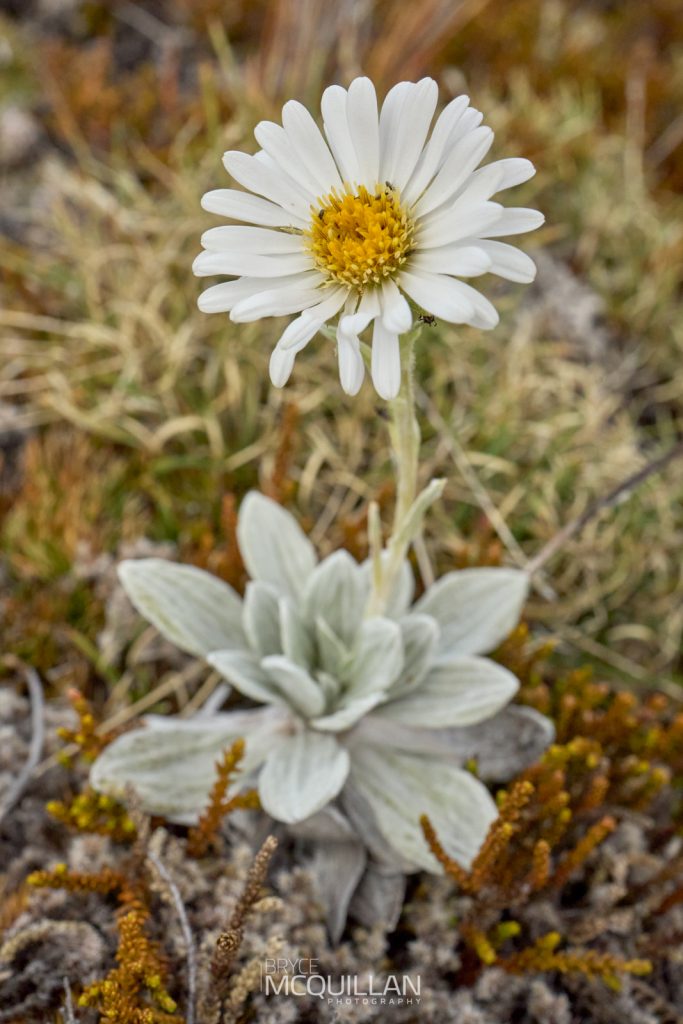
As someone passionate about New Zealand’s unique flora and fauna, particularly through a macro lens, I often find myself in the mud and on the forest floor, getting as low as possible to help my subjects stand out from the background and put more emphasis on my subject. This type of photography frequently takes me into a variety of environments and habitats, which always involves a trade-off between equipment and practicality.
Some gear may seem ideal on paper, but in the field it can be bulky, awkward, or simply unsuitable for the terrain or angles I need to shoot from. The real challenge is balancing performance and portability, because, at the end of the day, I must carry everything on my own. And, more often than not, once I’m in position, there’s nowhere to put anything down, so the pack stays on my back the entire time.
One of the biggest trade-offs with fast aperture lenses, like f/2.8s and faster, is the weight. These lenses are often heavy, but they’re usually very well built and weather-sealed. A fast aperture makes it easier to shoot in low-light environments, even handheld, which can be a huge benefit, especially in places where using a tripod isn’t practical. Even if you’re not shooting wide open at f/2.8, having the option gives you more flexibility.
These days, most modern mirrorless cameras offer focus bracketing (with the exception of models like the Canon R100 and EOS M series). Focus bracketing lets you take multiple shots at your desired aperture, like f/2.8, and stack them to create an image with much greater depth of field. This opens up creative opportunities that simply aren’t possible with slower lenses, such as f/4, f/5.6, and beyond.
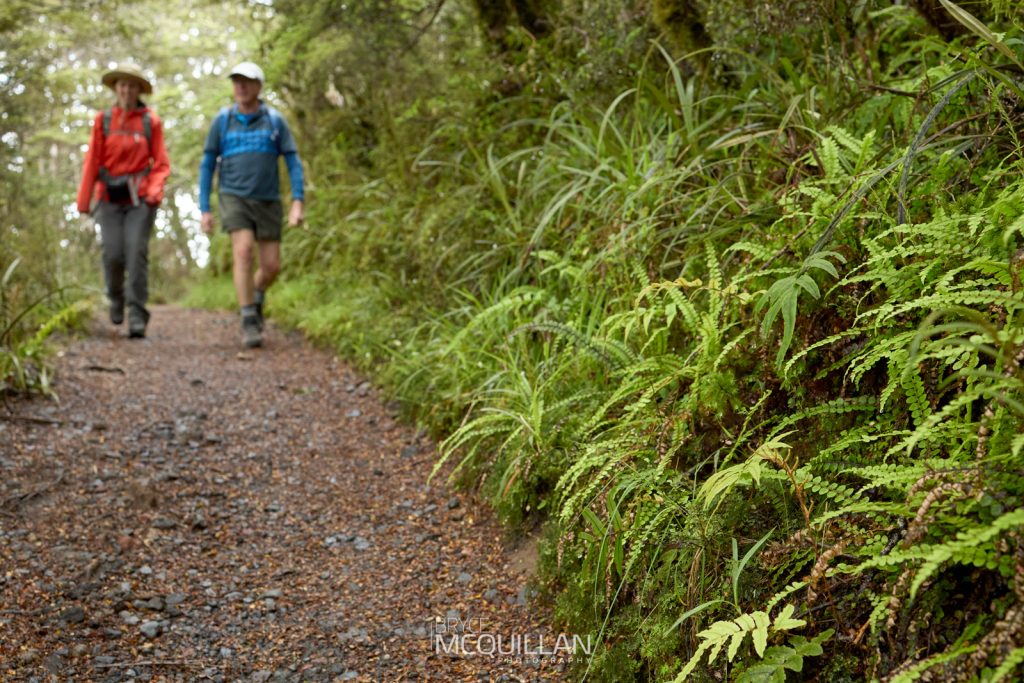
However, most 35mm prime lenses, or prime lenses in general, do not offer strong close-focusing ability. But in 2018, Canon released the RF 35mm f/1.8 Macro IS STM—a lens that was quite different from others in its class. Unlike typical 35mm primes from Canon or other brands, this lens could truly close focus, allowing you to photograph subjects like flowers, butterflies, and similar small details.
With a minimum focusing capability of 0.5x magnification, it provides a lot more creative freedom than a standard 35mm prime. It also arrived as a much lighter alternative to Canon’s other primes, while still maintaining a fast f/1.8 aperture. Although it’s not an L-series lens, it delivers superb sharpness and reliable autofocus, making it a practical, lightweight, and fast option for field use that didn’t really exist before.
most 35mm prime lenses—or prime lenses in general, don’t offer great close-focusing ability. however in 2018, Canon released the RF 35mm f/1.8 Macro IS STM, a lens that stood out for its ability to focus as close as 0.5x magnification. This made it possible to photograph subjects like flowers, butterflies, and other small details without needing a dedicated macro lens or heavily cropping into the image, which most lenses in this focal range can’t easily achieve.
The Canon RF 35mm f/1.8 is also noticeably lighter than many of Canon’s other prime lenses, while still offering a fast f/1.8 aperture. Although it’s not part of Canon’s L-series, it delivers excellent sharpness and reliable autofocus performance. For fieldwork, it offers a more practical balance of speed, weight, and versatility than many other prime lenses in this range.

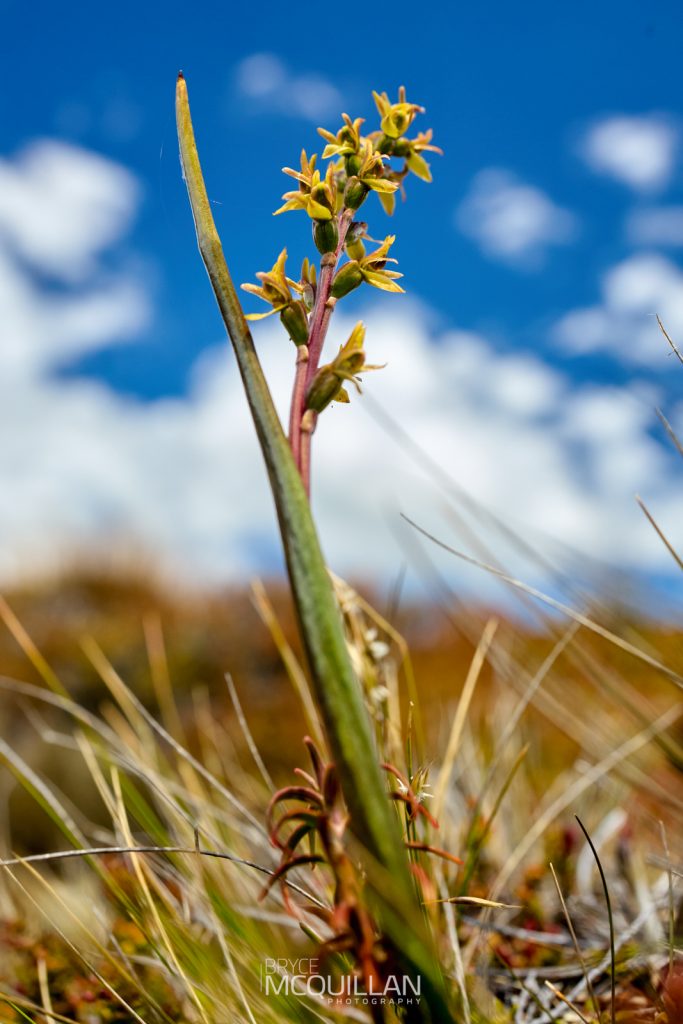
I originally bought the Canon RF24mm macro lens, thinking I’d prefer the wider angle over a 35mm. Historically, I haven’t found the 24–70mm range all that compelling—it just hasn’t suited my style of photography. But after using the 24mm for documentary, people-focused, and field work, I started noticing it often felt too wide. I kept cropping in to get the framing I wanted.
Out of curiosity, I borrowed the 35mm to see how it compared. To my surprise, it fit perfectly into that space. It felt more natural for the kind of work I do, and I found myself reaching for it far more often.
That said, the Canon RF24mm still has its strengths. It hasn’t been replaced. On a full-frame sensor, 24mm delivers a true wide-angle perspective that opens up creative possibilities no other Canon lens really matches. I now use both lenses to help connect subjects with their environment—and ultimately bring viewers closer to the story I’m trying to tell.

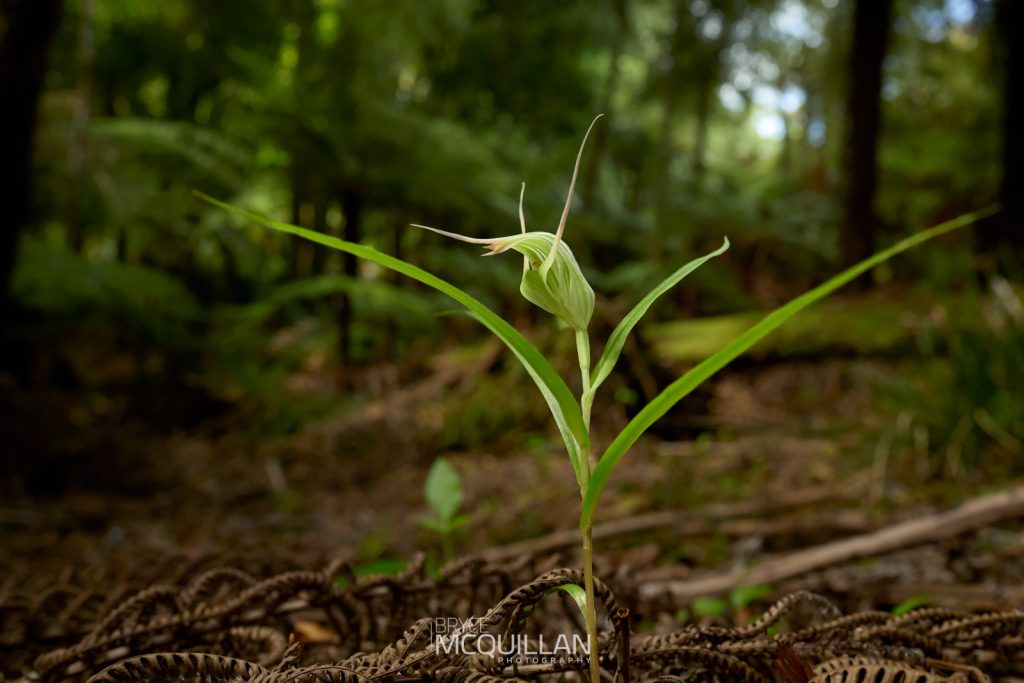
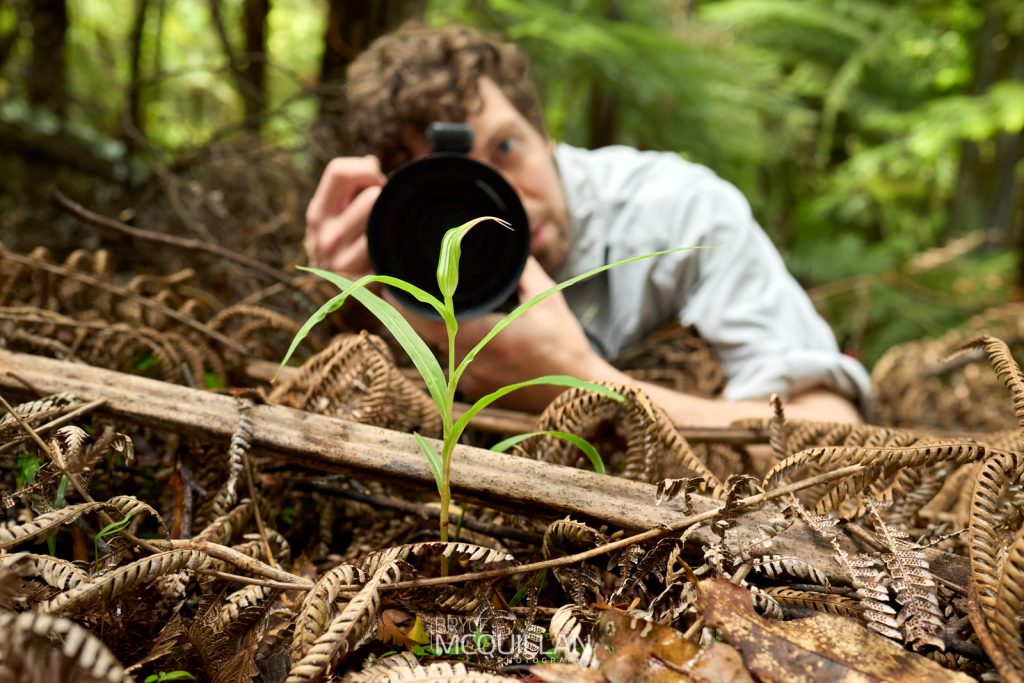
Images above – Photographed with A Canon R6 Mkii, Canon RF24mm macro lens, handheld.

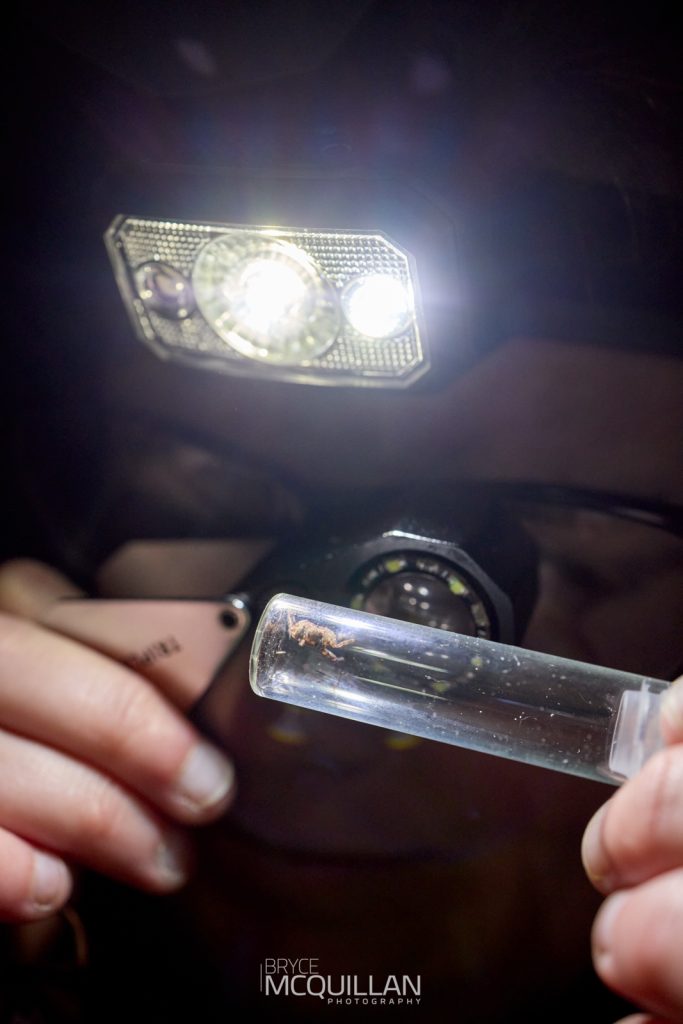
Jumping spider field research – During Kate’s PhD – which you can read more here: https://www.rnz.co.nz/news/national/560268/native-jumping-spider-found-in-restored-rotorua-forest
Photographed with a Canon R6 MKII, Canon RF35mm f/1.8 Macro IS STM
Both of these lenses have opened up creative possibilities I hadn’t considered before. They’ve made me rethink how I approach photo shoots and how I tell stories through images. That’s been genuinely exciting—it’s reignited my passion for photography and keeps the creative spark alive.
These days, most of my photography ties into research projects or efforts to locate and document endemic species in New Zealand. That often involves long periods of research and fieldwork just to find a species, so I don’t always have the time or flexibility to explore more creative angles when shooting.
But because these lenses are compact and lightweight, they never leave my bag. They’re always with me, which means I’m ready to take advantage of creative opportunities whenever they appear.
Here’s a mix of images taken with both the Canon RF24mm and RF35mm lenses.


